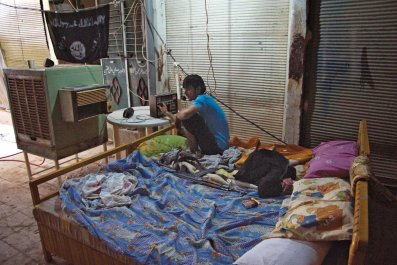The sophisticated global network of sensors and computers established by the U.S. Geological Survey and international organizations can detect earthquakes just about anywhere in the world. But it takes up to 20 minutes for the first reports to appear, while on Twitter news of the quake is broadcast in seconds by multitudes of people. So back in 2009, Paul Earle and his team at the National Earthquake Information Center developed algorithms that automatically detect a surge in the use of the word "earthquake" in many different languages on social networks. The Tweet Earthquake Dispatch is now an integral part of what's called "citizen seismology." A report recently published by the Woodrow Wilson Center looks at the way crowdsourcing is revolutionizing earthquake detection and data collection. The USGS has a longstanding program called Did You Feel It?, for instance, that asks people to say whether books fell off shelves or the house started creaking. But added to that is the new Quake-Catcher Network, which supplies interested people with sensors that connect to their computers and pick up detailed information when the ground starts to shake, rattle, and roll.
Crowdsourcing Has Revolutionized the Ways We Report Earthquakes
























